8.2 Earthquake in the Valley Fault Philippines projected in 2026:
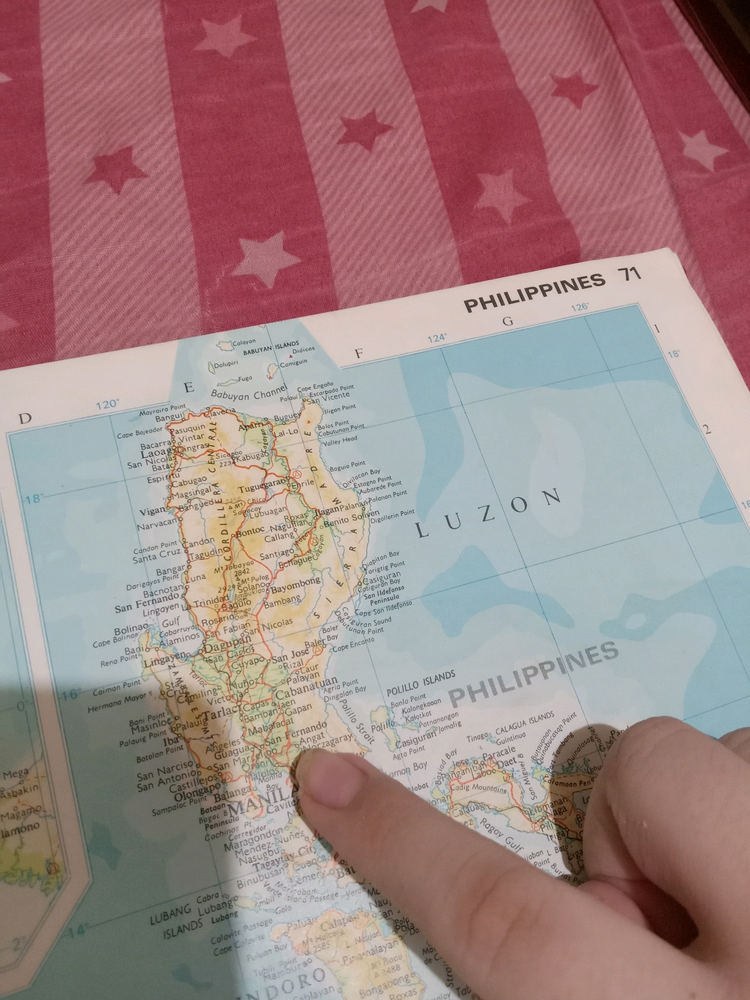
Injuries: 50,000 (113,000)
Deaths: 34,000 (48,000)
Fact:
MANILA, Philippines — The Philippine government and the Japan International Cooperation Agency (JICA) are currently in talks to revisit next year the 2004 study on the impact of “The Big One” or magnitude 7.2 earthquake in Metro Manila.
“We have no idea yet when in 2026, but definitely it will start next year,” Philippine Institute of Volcanology and Seismology director Teresito Bacolcol said at the Saturday News Forum in Quezon City yesterday.
The 21-year-old study projected the fatalities in Metro Manila, which then had a population of 9.9 million, to be as high as 33,500 alongside 113,600 injured. When nearby provinces are included, the death toll could reach 48,000.
“The Big One” is a scenario of a massive earthquake in the event the Marikina Valley fault system, which extends from Doña Remedios Trinidad in Bulacan to Canlubang in Laguna, moves.
Bacolcol said the study needs to be revisited since a lot has happened in Metro Manila in the past 21 years.
“The population of Metro Manila grew and there are a lot of new buildings, so we really need to revisit the study,” he noted.
He said the new study will be completed in two years.
“We are just waiting for some signatures but next year we will start,” he said.
Meanwhile, Bacolcol said “The Big One” could also trigger the eruption of Taal Volcano in Batangas.
Asked for the possible impact, he said it might be similar to the major eruption of Taal in 2020.
Better detection
With the fault responsible for the powerful magnitude 6.9 earthquake in Cebu now identified, Phivolcs said it is working to overcome obstacles in determining offshore active faults.
The bureau has named it the Bogo Bay Fault, with its inland extension located at Sitio Looc in Barangay Nailon, Bogo City.
Phivolcs’ field investigation found open cracks, fault scarps and small pressure mounds in the area, suggesting the fault may extend up to 1.5 kilometers.
Some scientists have emphasized the importance of mapping offshore active faults not only for academic purposes but also to improve disaster preparedness.
Before announcing the discovery, Bacolcol told The STAR on Friday that it is a formidable challenge for seismologists to identify offshore active faults despite existing technology.
“There is acoustic equipment available to survey our bodies of water, but the challenge is they are so vast,” he said in a phone interview, adding that the bureau is currently using satellite images for this purpose.
Phivolcs, he said, focuses on mapping inland active faults to provide relevant information to the public on where to construct their properties.
Department of Science and Technology (DOST) Secretary Renato Solidum Jr. emphasized, however, that unidentified offshore active faults are not a major concern, since the country’s seismic zoning indicates that virtually the entire Philippines is at risk of earthquakes.
Only provinces under Zone 2 – Palawan (except Busuanga town), Sulu and Tawi-Tawi – have a lower probability of experiencing damaging ground motion.
All other areas fall within Zone 4, where earthquakes occur and can cause significant destruction.
Solidum advised Filipinos to take proactive steps to prepare for earthquakes and reinforce structures to prevent collapse.
“Even if you didn’t map the fault there, if you consider the building code…as long as you follow the design, the materials and the workmanship, then you’re ensuring that most likely the building will not collapse,” he said on Friday at the sidelines of the 11th Balik Scientist Program convention in Pasay City.
Solidum said provinces should always assume that faults, whether mapped or unmapped, exist in their areas.
“We have been saying all along, way back in 2014, that Cebu needs to prepare for a strong earthquake as it is traversed by many active faults. Just like Bohol, there are offshore faults that we need to prepare for,” the DOST chief said.
“If we assume that there are offshore faults, then obviously any earthquake that would cause shaking should be taken into account,” he added.
Modernization
Still, Bacolcol said the bureau aims to hire more experts to identify additional offshore active faults under the Phivolcs Modernization Act.
Through Republic Act 12180, Phivolcs will receive P7 billion over five years to upgrade equipment, add seismic and volcano monitoring stations, strengthen human resources and expand public education on geological hazards.
However, Laguna Rep. Loreto Amante admitted during Thursday’s House plenary hearing for the DOST’s 2026 proposed budget that there is no funding allocated for Phivolcs’ modernization.
Amante explained that agencies prepare their budgets between February and March, so the bureau’s plans didn’t make the cut because the law took effect in April. He said, however, that hope is not yet lost.
Solidum said he’s exploring potential collaborations with international partners if funding is not secured for next year.
Self-check
In order to check whether houses or buildings are safe from earthquakes, the DOST said a four-year-old simple tool co-developed with Japanese experts can prove beneficial.
The “How Safe Is My House?” app – available on app stores and accessible online via https://howsafeismyhouse.phivolcs.dost.gov.ph– is a self-assessment tool that asks users 12 questions to determine if a structure can withstand an earthquake.
Released in 2021, the app is a collaborative project between Phivolcs, National Research Institute for Earth Science and Disaster Prevention, JICA, Japan Science and Technology and the Association of Structural Engineers of the Philippines.
“Try to answer 12 questions pertaining to the standard materials that need to be used, the age of the building, the state or condition of the building or the house and even the way it was constructed or workmanship,” Solidum told The STAR.
He encouraged local government units to use the tool to identify structures vulnerable to powerful earthquakes. — EJ Macababbad
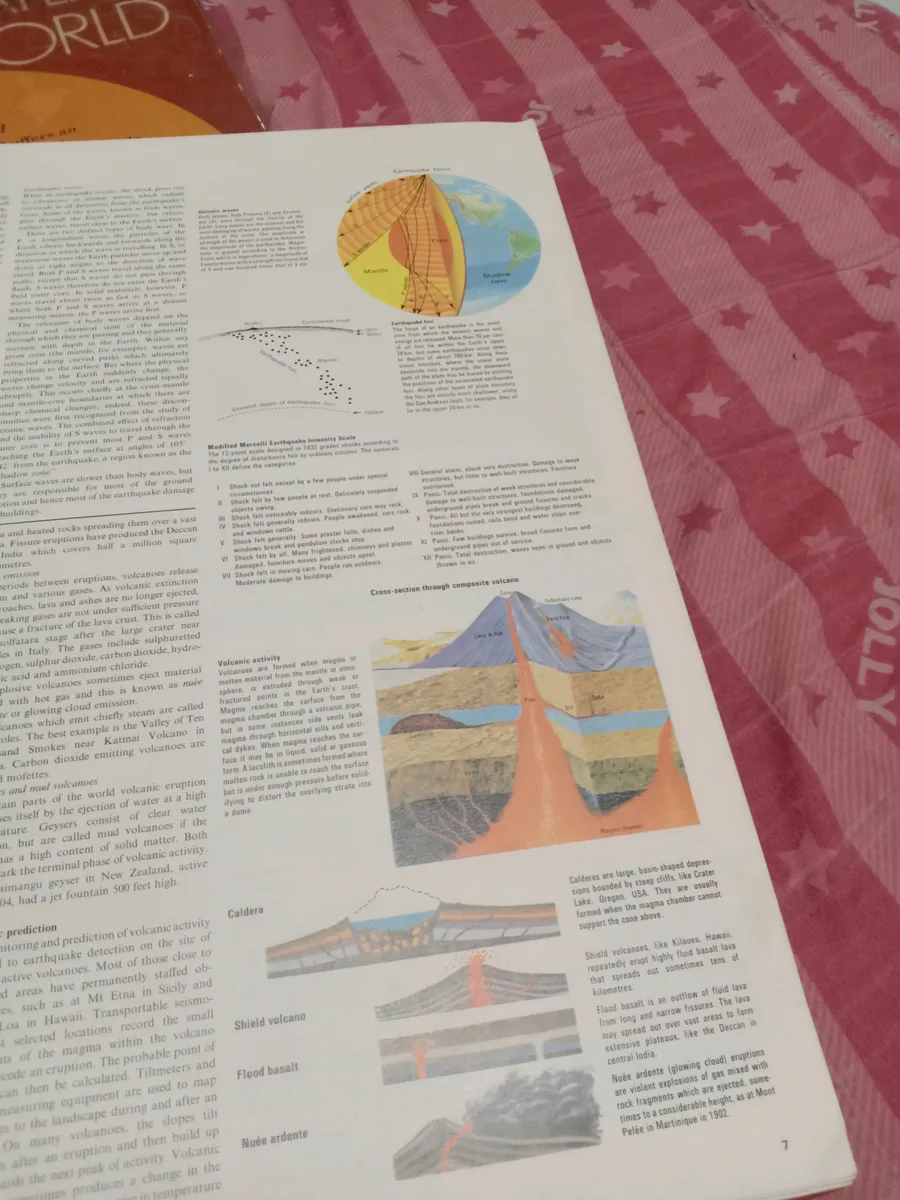
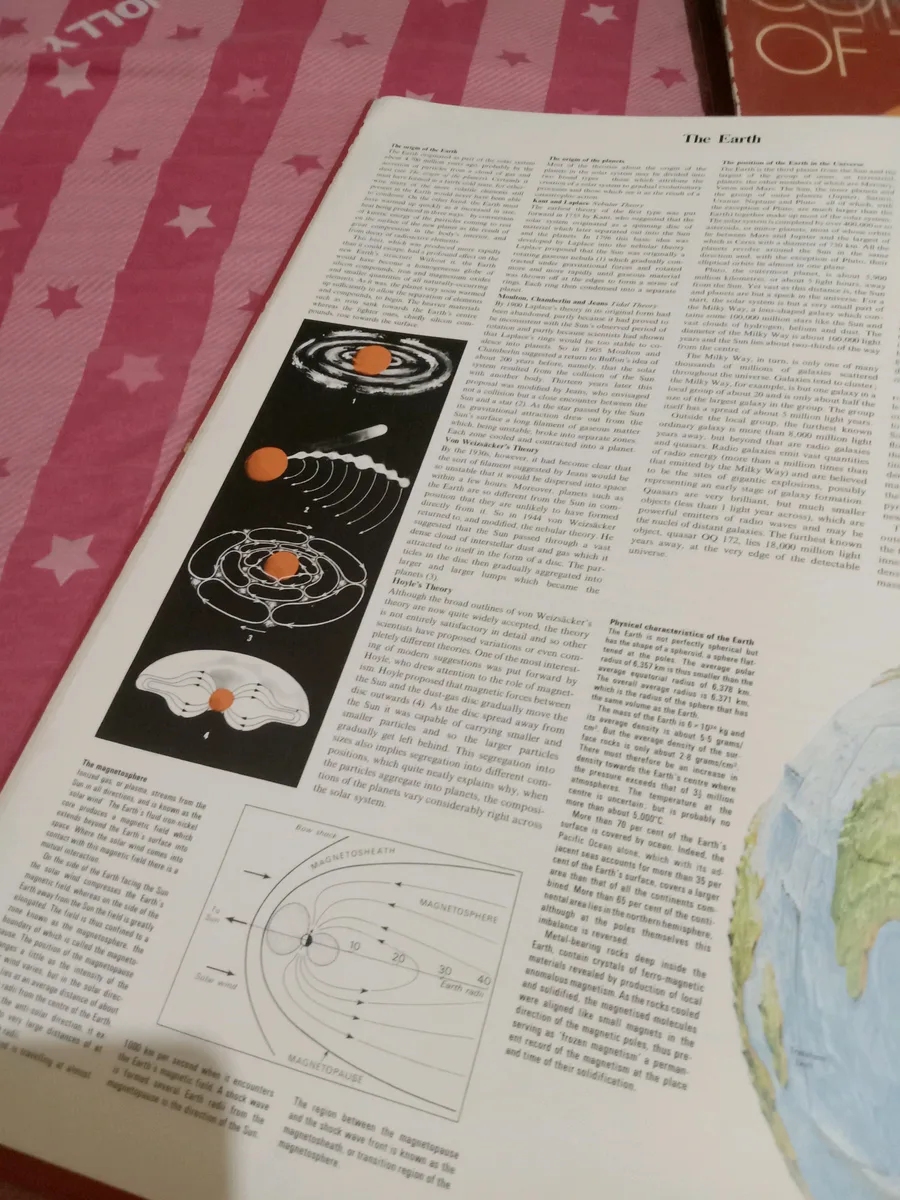
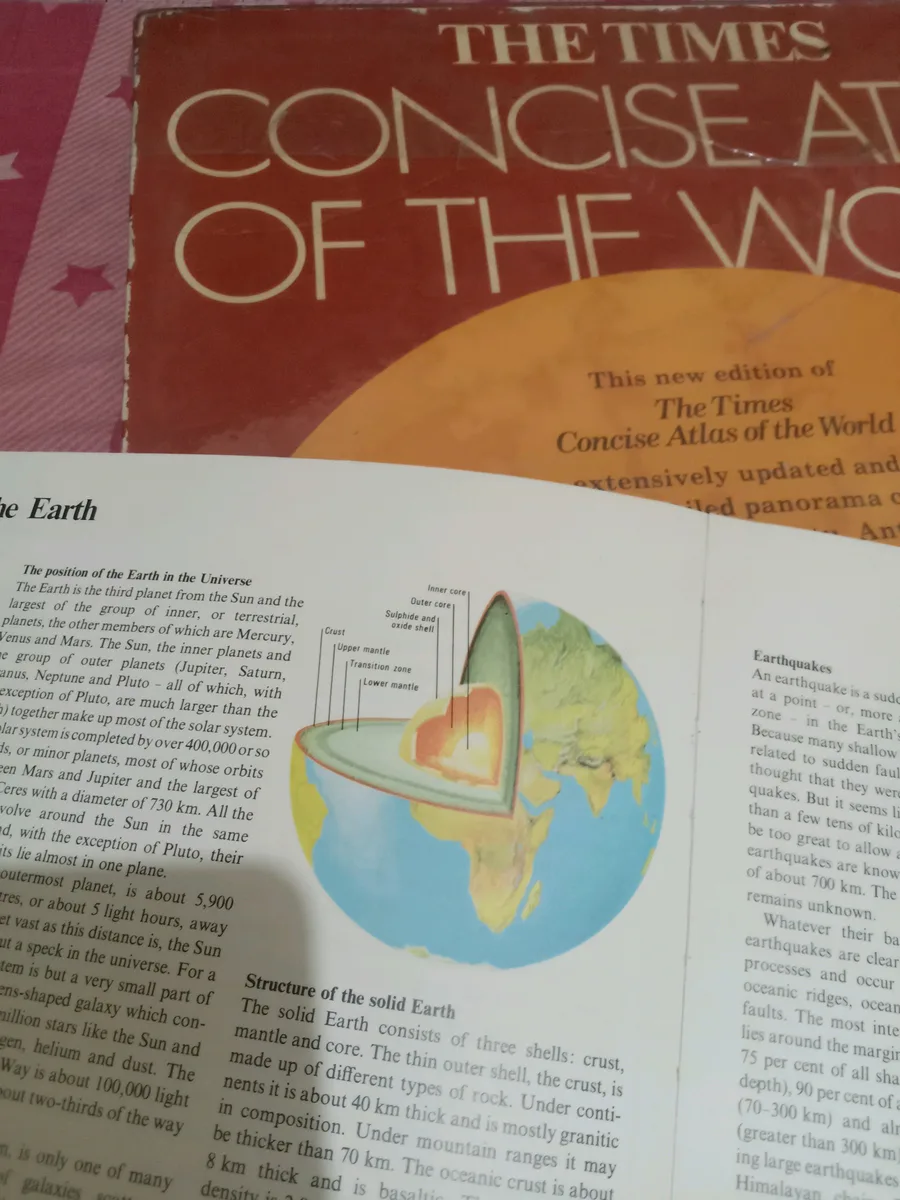



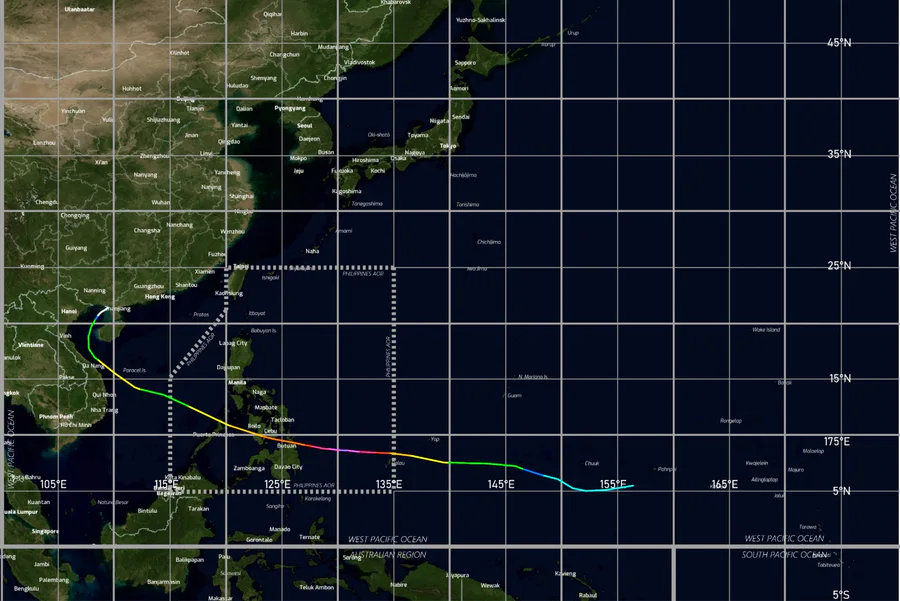


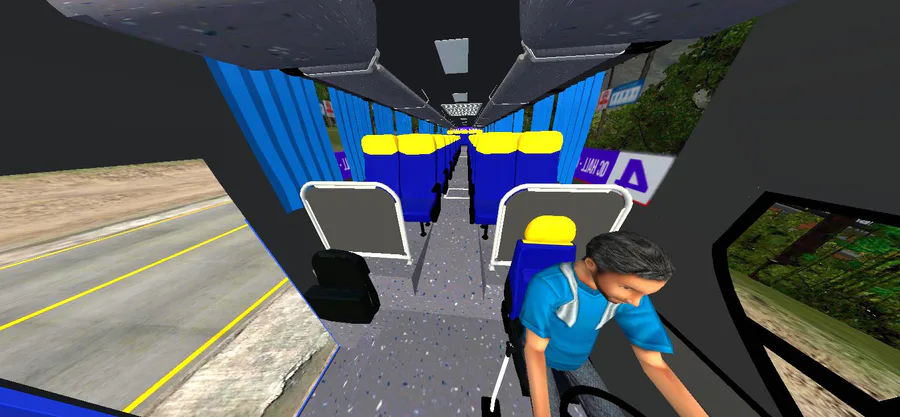



0 comments